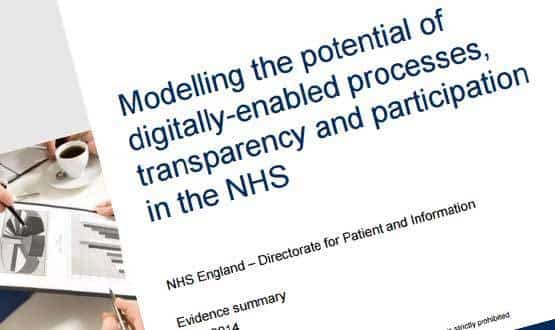Study reveals savings using blood tracking
- 25 March 2008
A new study at the John Radcliffe Hospital, Oxford, has found that significant time and cost savings can be achieved by hospitals, by using electronic blood tracking systems such as Neoteric Technology’s BloodTrack OnDemand.
The study for the American Association of Blood Banks’ Journal of Transfusion found that the time to access blood in the operating room was reduced from 24 minutes to 59 seconds, while the time required for blood bank and clinical staff to manage the blood preparation and delivery process was reduced from 117 to 34 minutes a day.
At the same time, the number of blood units issued from the blood bank was reduced by 52%.
John Radcliffe’s blood transfusion manager, Julie Staves, told E-Health Insider: “We regularly look to see the benefits of the system in the trust and since the tracking system went live trust-wide, it has helped no-end. I now know where every blood bag is, and as no blood can be tied up for any particular patients, we can offer blood to anyone at any given time, provided they have been checked to ensure they receive the right blood type.”
The hospital has been using Neoteric’s blood tracking system, distributed by Olympus, since July 2005.
The system is modular, consisting of the BloodTrack Courier system, which controls access to fridges, and the SafeTx system, which aims to ensure that the correct blood is delivered to the correct person.
Staves says the system has been a success and that this study re-iterates the benefits created by a reduction in the time taken to make blood available to patients.
“Unallocated blood can be stored in automated ‘smart’ refrigerators in patient care areas such as the operating room. When a blood unit is required, it can be electronically assigned by the refrigerator and labelled for a specific patient without involving the blood bank.
“Blood bank staff benefit from decreased workload through fewer blood requests, fewer returned units, increased inventory visibility, and increased job satisfaction by distributing the workload throughout the day.”
Dr. Michael Murphy, professor of blood transfusion medicine at the hospital added: “Neoteric’s BloodTrack OnDemand revolutionises the way that hospitals provide blood to their patients. It is safer, less time consuming and we know that staff prefer it.”
Once the blood unit arrives at the bedside, nurses use a handheld PDA with BloodTrack Tx to scan the blood unit and patient’s barcoded wristband to ensure the right patient receives the right blood.
Staves added: “Clinical staff also benefit from quicker access to blood at the point of care, reduced manual paperwork, increased confidence in giving the correct blood, and reduced time spent managing the overall blood delivery process.”
Geof Auchinleck, President of Neoteric, said: “In combination with the other components of the BloodTrack suite, we can provide a complete closed loop system that ensures simpler, safer blood transfusions for millions of patients worldwide.”
Links
Journal paper (subscription needed)




